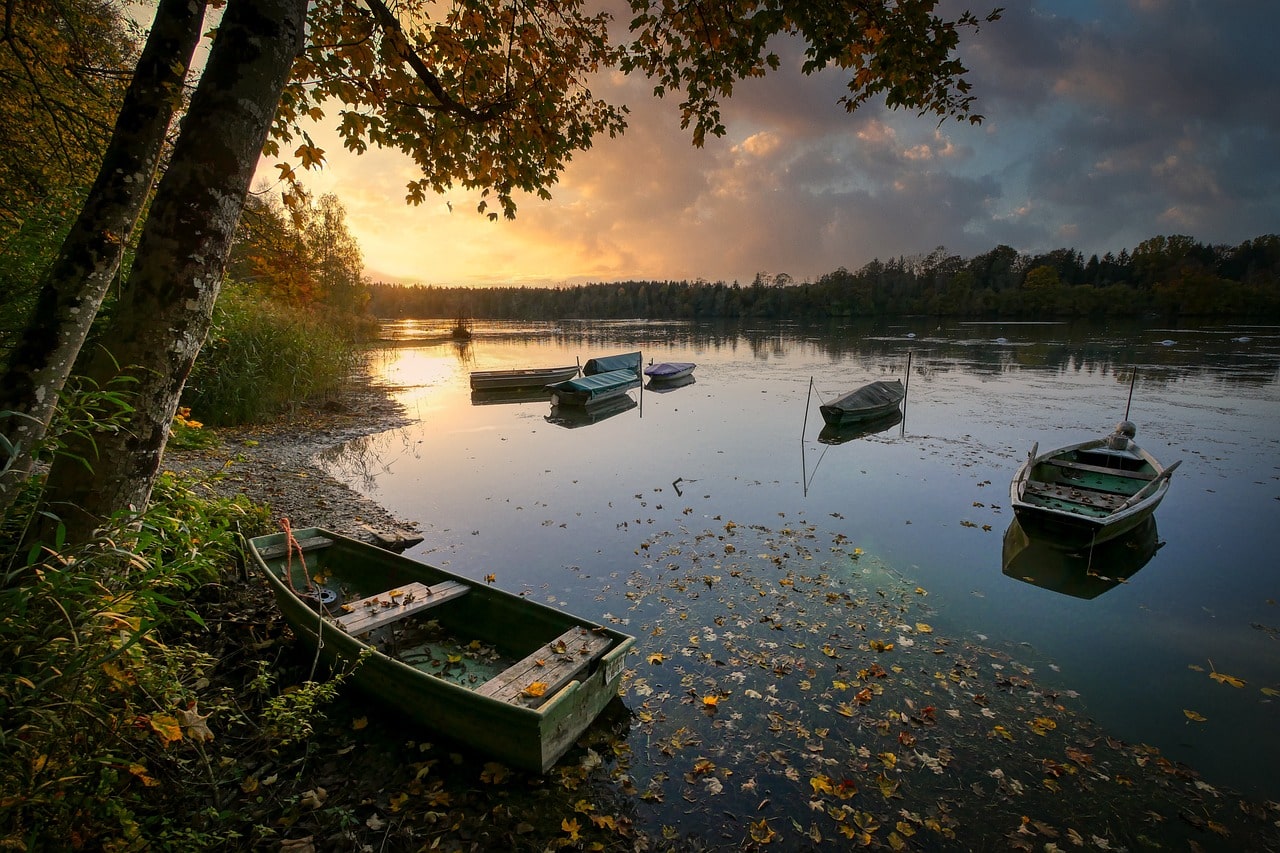Held in high regard by the renowned French author Honore “Balzac as a “grey pearl in a great jewel box,” Lake Orta, located in the gorgeous Piedmont area of Italy, has long captured the imagination and emotions of poets, painters, and intellectuals. Renowned philosopher Frederich Nietzsche sought solace in the embrace of the 4,482-acre lake during the late 1800s, crafting the masterpiece “Thus Sp” ke Zarathustra” while gazing upon the shimmering waters of the decorating Lago d’Orta. Today, Lake Orta remains a hidden gem, cherished by the locals but largely undiscovered by the world. Nestled in the northern reaches of Italy, this lake, immortalized by English poet Robert Browning as the divine meeting place of the Alps and heavens, awaits exploration and add’Ortaon. Lago d’Orta, the westernmost glacial lake in Italy and the seventh largest in the nation in terms of volume and depth, stretches over eight miles and spans a mile and a half in width, with a maximum depth reaching an impressive 469 feet. The tranquil Niguglia River originates from the northern tip of the lake. Over the 20th century, Lake Orta suffered from the detrimental effects of industrial waste pollution, jeopardizing its delicate ecosystem and commercial fishing.
Nonetheless, dedicated environmental initiatives are fostering the red’Orta of Lago d’Orta and its precious fish stocks, albeit gradually, to the lake’s extended water residence time that exceeds a decade. Aside from the introduction of arctic char in the early 20th century, Lake Orta is now home to thriving eel, pike, tench, perch, and burbot populations. Embarking on motorboat excursions allows visitors to discover the lake’s charms while renting boats offer a more personalized exploration experience. Swimming, scuba diving, and sailing are popular activities on Lake Orta, with kayaking around the captivating San Giulio Island presenting a delightful way to spend hours away. San Giulio Island, or Isola di San Giulio in Italian, spans 902 feet in length and 450 feet in width. As per legend, a menacing serpent once plagued the island until Saint Giulio, the region’s patron saint, banished the creature for eternity. The island and the nearby village of Orta San Giulio draw their name from the revered fourth-century saint, with the lake originally named Lago di San Giulio in homage to the saint before being rechristened Lake Orta during the 16th century. The grand Basilica of San Giulio graces the island, showcasing exquisite frescoes from the 15th and 16th centuries. A charming narrow lane meanders around the island, offering visitors a stroll before returning via hired boat to the village. Perched upon a protruding peninsula on the lake’s eastern shore, the village of Orta San Giulio beckons with its balconies adorned with intricate iron railings that oversee the tranquil waters. Slate-topped roofs adorn the quaint towers of the village, which boast an array of eateries, vacation homes, and holiday rentals along the shores of Lake Orta. At the northern terminus lies the town of Omegna, while several small hamlets dot the lakeshore.
In contrast to the bustling Lake Maggiore nearby, Lake Orta exudes a peaceful ambiance, enveloping visitors in serenity. As the elevation ascends, the verdant olive groves surrounding the lake gradually transition to dense chestnut forests and towering beech trees. Mottarone, standing at 4,544 feet tall, delineates Lake Orta from Lake Maggiore, offering winter sports enthusiasts a myriad of skiing opportunities. A mere 44 miles from the bustling metropolis d’Ortaan, Lago d’Orta effortlessly juxtaposes the rustic charm of an Italian countryside village with easy access to the epitome of sophisticated Italian culture. Its allure, akin to that of a majestic baroque pearl, rough around the edges yet exquisitely captivating, is destined to exhilarate visitors for generations to come.

